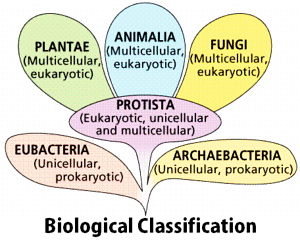Question:
Match the following bacteria with diseases and choose the correct option.
Match the following bacteria with diseases and choose the correct option.
Updated On: Jun 6, 2022
- a ? I , b ? iii, c ? ii, d ? iv .
- a ? iii, b ? i, c ? ii, d ? iv
- a ? ii, b ? iii, c ? i, d ? iv
- a ? iv,b ? iii, c ? i, d ? ii.
Hide Solution
Verified By Collegedunia
The Correct Option is B
Solution and Explanation
Answer (b) a ? iii, b ? i, c ? ii, d ? iv
Was this answer helpful?
0
0
Top Questions on biological classification
- Study the following and choose the incorrect combinations:
I. Phylum: Porifera, Special cells: Lasso cells, Example: Spongilla
II. Phylum: Cnidaria, Special cells: Stinging cells, Example: Hydra
III. Phylum: Ctenophora, Special cells: Choanocytes, Example: Pleurobrachia
IV. Phylum: Platyhelminthes, Special cells: Flame cells, Example: Fasciola- TS EAMCET - 2025
- Zoology
- biological classification
- Study the following and choose the correct combinations:

- TS EAMCET - 2025
- Zoology
- biological classification
- ICBN refers to?
- TS EAMCET - 2025
- Biology
- biological classification
- Which of the following microorganisms is used in the production of curd from milk?
- MHT CET - 2025
- Biology
- biological classification
- In a DNA molecule, which of the following base-pairings is correct?
- MHT CET - 2025
- Biology
- biological classification
View More Questions
Questions Asked in KEAM exam
- If $ f(x) = \log 3 - \sin x $, $ y = f(f(x)) $, find $ y(0) $.
- KEAM - 2025
- Functions
- The inward electric flux through a closed surface is \( 6 \times 10^{-5} \) and the outward flux is \( 3 \times 10^{-5} \). Then the total charge enclosed is?
- KEAM - 2025
- Electrostatics
- The element that has the highest melting point in the 3d series is:
- KEAM - 2025
- d -and f -Block Elements
- A planet revolves around the sun with a time period 27 times that of planet B. Planet A is at \( x \) times the distance of planet B from the sun. Find the value of \( x \).
- KEAM - 2025
- Astronomy
- Find the limit: \[ \lim_{x \to 0} \frac{\sin[x]}{[x]}, \text{ where } [x] \text{ represents greatest integer function} \]
- KEAM - 2025
- Continuity
View More Questions
Concepts Used:
Biological Classification
The process of grouping living organisms into categories is called biological classification. The most modern 5-kingdom classification was put ahead by an eminent scientist R.H.Whittaker. The five-kingdom classification is based on the criteria like cell structure, mode of nutrition, body form, and reproduction. One of the most important characteristics of this system is that it follows the evolutionary sequence of living organisms. The organisms are classified into distinct taxa or levels like Kingdom, Phylum, Division, Class, Order, Family, Genus, and Species. The 5 kingdoms are as follows:
